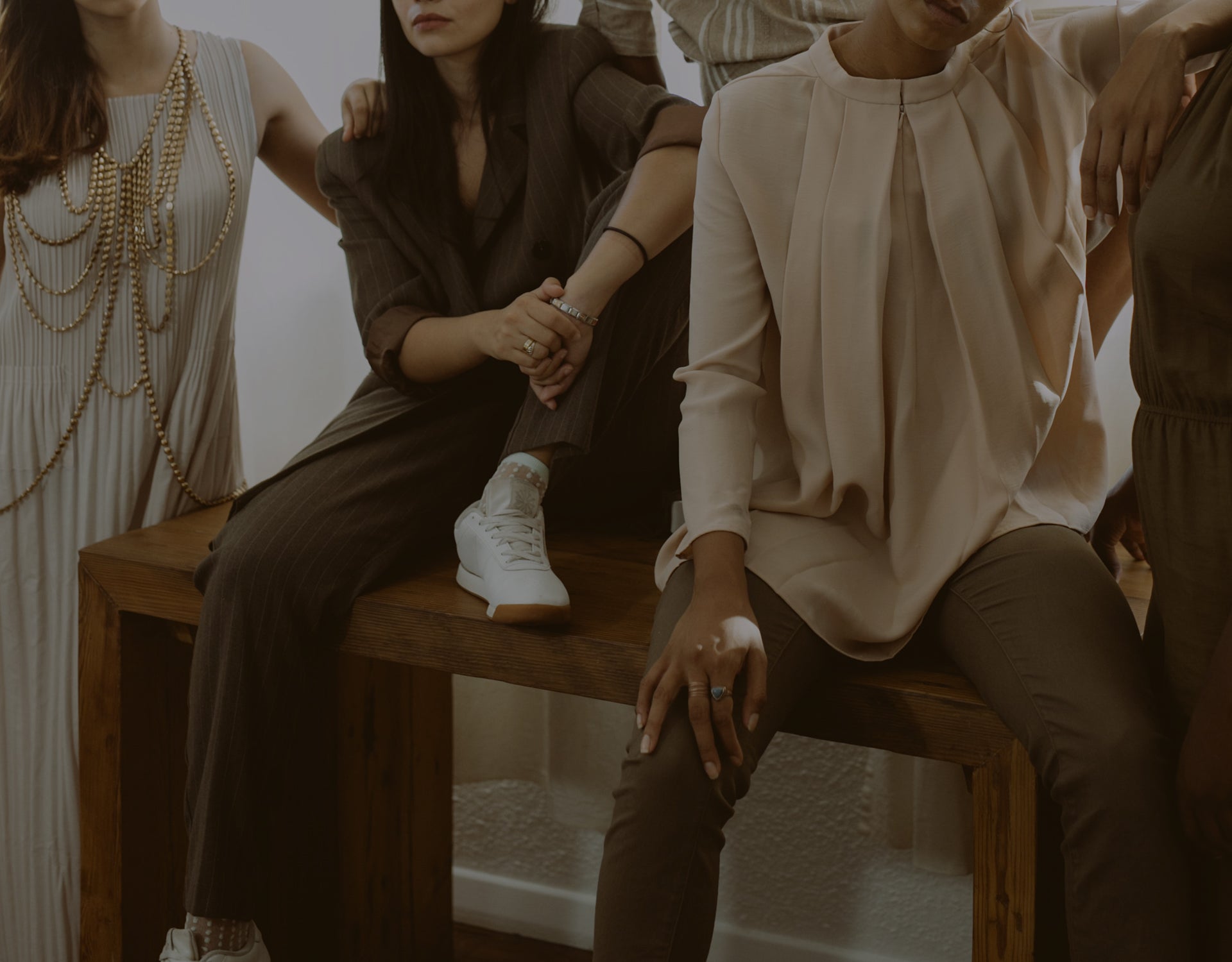
High-quality clothing manufacturers, to provide you with high-quality fabrics
MAGICSFASHION has so many years of experience in the selection of fabrics, we have many excellent fabric partners, can provide you with the best quality and most suitable fabrics for your brand escort
Quality Fabric Manufacturer
We have comprehensive and reliable experience in selecting and testing fabrics, and maintain good cooperation with high-quality fabric manufacturers for a long time. Good fabrics help to enhance the competitiveness of your brand.
-

Cotton Jersey Knit Fabric
Customize nowOne of the most common types of cotton knit fabric. It’s smooth on one side (the front) and has a slightly textured back. Jersey knit is often used for t-shirts, polo,dresses, and casual wear.
-

Rib Knit Fabric
Customize nowRibbed cotton knit fabric has raised vertical lines or "ribs" on both sides, creating a stretchy texture. It's often used in cuffs, waistbands, and form-fitting clothing, like sweaters and cardigans.
-

Loopback Fabric
Customize nowIt is often used for sweatshirts, hoodies, and loungewear. The looped interior provides warmth and moisture-wicking properties, while the smooth exterior is comfortable and stylish.
-

Nylon & Lycra Blends
Customize nowCombine the characteristics of both fibers, resulting in a fabric that is strong, stretchy, and durable. This combination is commonly used in activewear, sportswear, swimwear, and performance fabrics due to its superior qualities in comfort, flexibility, and shape retention.
-

Quick Dry Fabric
Customize nowThis fabric is ideal for situations where sweat or water exposure is frequent, such as in sports, outdoor activities, travel, and swimwear. Quick-dry fabrics are typically made from synthetic fibers that have moisture-wicking properties, helping to pull moisture away from the skin and allowing it to evaporate quickly.
-

Eyelet Fabric
Customize nowEyelet fabric is commonly used in summer clothing, especially for dresses, blouses, skirts, lining and even accessories due to its breathable and light nature.
-

Fine Gauge Pique
Customize nowA type of woven fabric with a subtle textured pattern, often used in high-quality garments like polo shirts, dresses, and other upscale casual wear. This results in a smoother and softer finish compared to coarser piqué fabrics.
-

Polar Fleece
Customize nowPolar fleece is a popular alternative to wool due to its similar warmth and insulating properties, but it is easier to care for, lighter, and often more affordable. It is commonly used in outdoor clothing, activewear, blankets, and other items where warmth without bulk is required.
-

Acrylic Imitation Cashmere
Customize nowA synthetic fabric designed to mimic the soft, luxurious feel and warmth of cashmere wool.These fibers are often used as a more affordable alternative to natural wool and cashmere, especially in products like sweaters, scarves, and blankets.
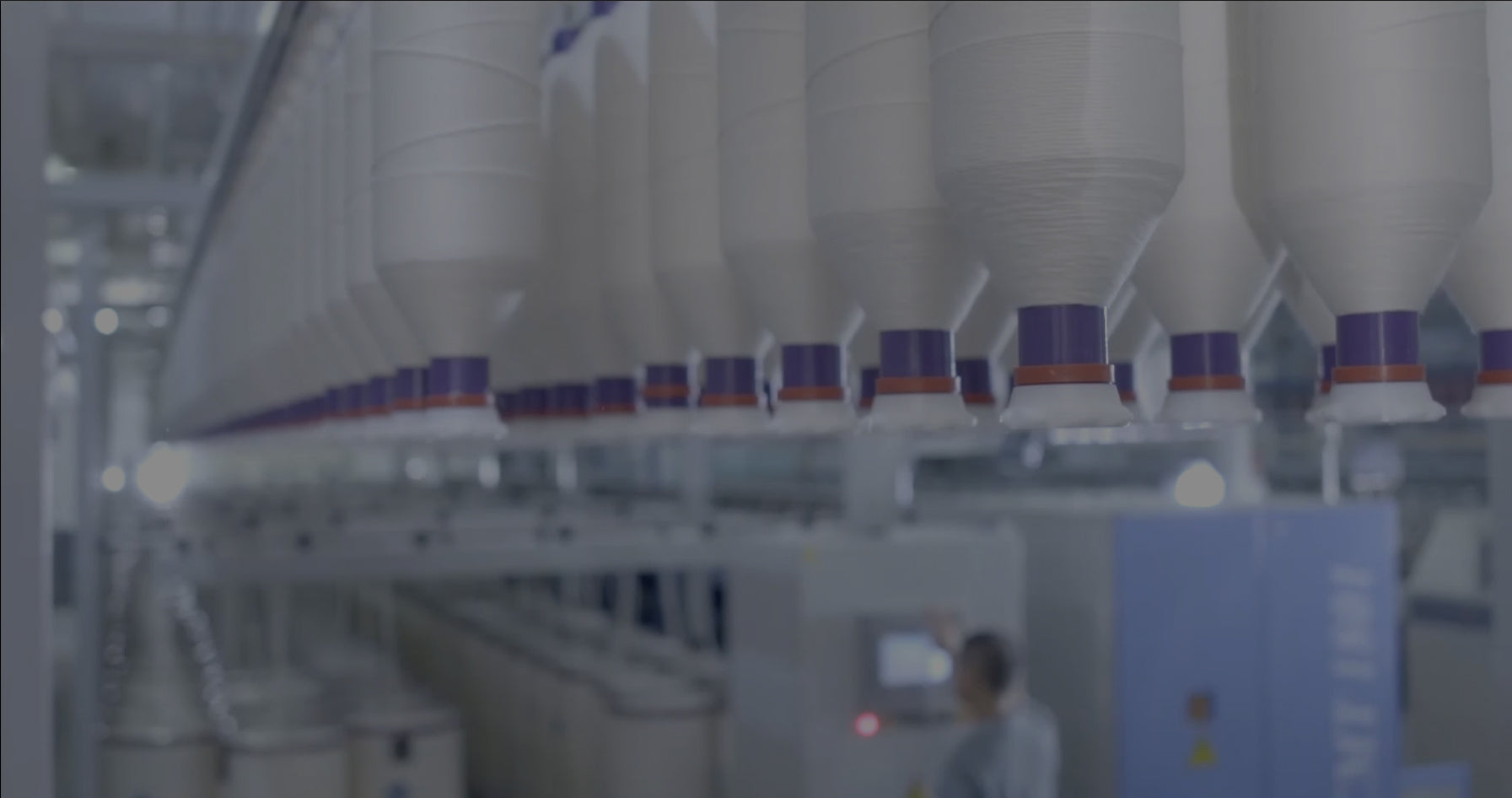
Strong Fabric Supply Chain
The complete fabric supply chain is an important guarantee for the clothing brand to develop the market.MAGICSFASHION has a large supply chain of textile factories that can serve garment customers around the world, providing you with the highest quality fabrics and a wide variety of choices.
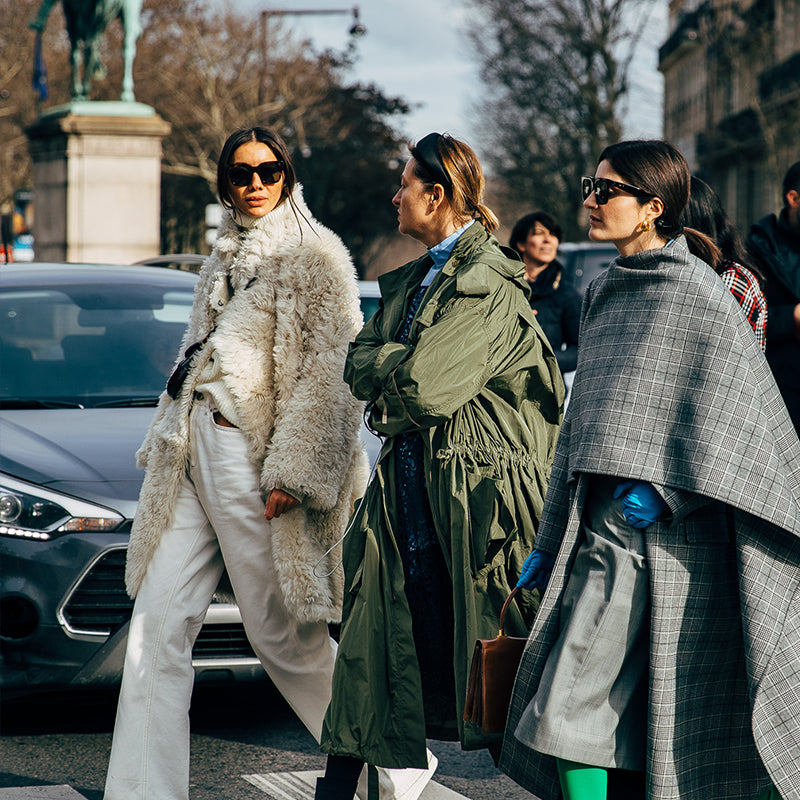
The diversity of clothing fabrics
There are millions of different materials, different textile processes, different colors of fabrics on the market, giving designers endless imagination space, only think, nothing can not be done.
-

Corduroy Fabric
Customize nowA distinctive and durable fabric characterized by its ribbed texture, which is forms raised fibers along the fabric’s surface. It is often associated with casual and workwear styles, and it is popular for creating pants, jackets, and skirts.
-

Drill Fabric
Customize nowA heavy, durable cotton or cotton-blend fabric known for its twill weave, which gives it a distinctive diagonal pattern. The fabric is used in a variety of applications, including workwear, uniforms, and heavy-duty garments, due to its strength and resilience.
-

Canvas Fabric
Customize nowA heavy, durable, plain-woven fabric typically made from cotton, linen, or synthetic fibers. It is recognized for its thickness, strength, and versatility, making it an ideal material for a wide range of applications, including bags, tents, shoes, upholstery, and workwear.
-

Oxford Fabric
Customize nowA woven fabric known for its durability, soft texture, and classic appearance. Originally developed for shirts, it has become a popular material for various types of clothing and accessories. It is typically made from cotton or cotton blends, polyester, nylon, and other synthetic fibers.
-

Plaid Fabric
Customize nowPlaid is widely used in shirts, especially flannel shirts and tartan skirts. It is also used for jackets, pants, dresses, and scarves, coats, jackets, and scarvesoffering a casual yet stylish look.
-

Striped Fabric
Customize nowA type of textile that features a repeated pattern of parallel lines, which can vary in width, color, and direction.One of the most popular and versatile patterns in fashion.It is used for shirts,suits, dress,skirts pants,shorts and activewear.
-

Denim Fabric
Customize nowA durable, woven cotton fabric, traditionally associated with jeans. It is a twill weave fabric, meaning the threads are woven in a diagonal pattern, which gives denim its characteristic texture and strength. Denim is popular for its comfort, versatility, and timeless appeal.
-

Suedette Fabric
Customize nowA synthetic fabric designed to mimic the appearance and texture of suede leather, but without using animal products. It's made from a variety of synthetic fibers, that are brushed or napped to create a soft, velvety surface similar to real suede.It is popular in fashion.
-

Peach Skin Fabric
Customize nowA type of synthetic fabric that is soft, smooth, and has a velvety texture resembling the surface of a peach. It is made from polyester, nylon, or a blend of synthetic fibers, and undergoes a process known as peach skin finishing, where the fabric is brushed or treated to create a soft, peach-like finish.
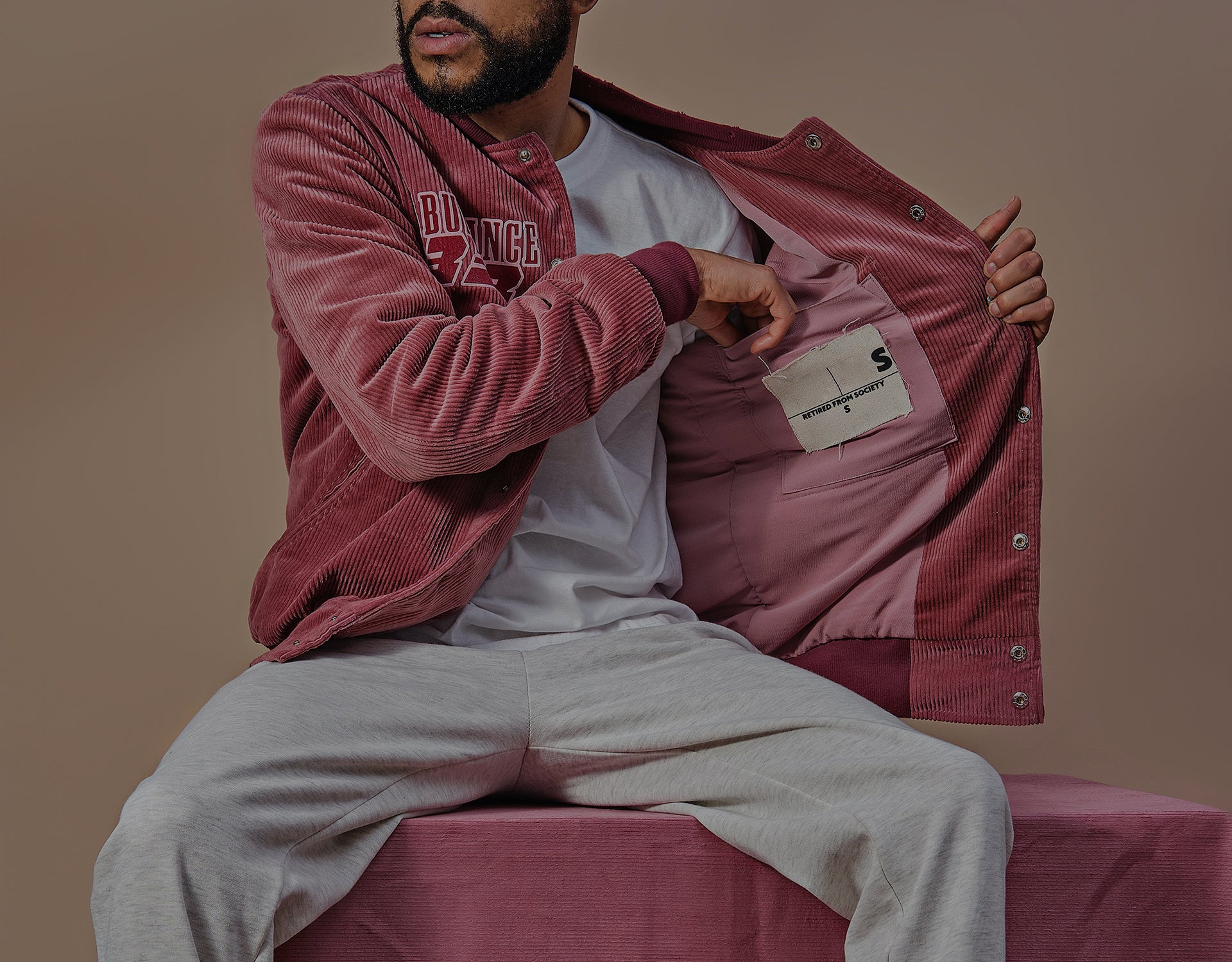
High-quality fabrics should possess several key characteristics:
Durability ,Softness and Comfort ,Appearance and Finish, Versatility and Use, Ease of Care ,Sustainability ,Consistency in Construction, Thermal and Insulating Properties, Resistance to Fading and Shrinkage.
Selection Of Fabric
High-quality fabrics combine strength, comfort, aesthetic appeal, and easy maintenance, and they are often made with sustainable practices. When selecting fabric for garments, it's essential to prioritize factors like durability, breathability, texture, and longevity, as these will affect the overall experience and performance of the clothing.
-

Cotton Fabric
Customize nowSoft, breathable, and absorbent.
Ideal for: Casual wear, summer clothing, shirts, T-shirts, and undergarments.
Drawback: Can wrinkle easily and shrink when washed.
-

Linen Fabric
Customize nowMade from the fibers of the flax plant.
Lightweight, breathable, and known for its cooling properties.
Ideal for: Hot climates, summer wear, and beachwear.
Drawback: Wrinkles easily.
-

Silk Fabric
Customize nowNatural protein fiber produced by silkworms.Soft, shiny, and drapes beautifully.Ideal for: Formal wear, evening gowns, blouses, and lingerie.Drawback: Expensive, delicate, and requires careful handling.
-

Woolen Fabric
Customize nowComes from the fleece of sheep or other animals like goats (cashmere), alpacas, and camels.Warm, insulating, and great for winter wear.Ideal for: Sweaters, coats, suits, scarves.Drawback: Can be itchy for some people, and may shrink when washed improperly.
-

Rayon Fabric
Customize nowA semi-synthetic fiber made from regenerated cellulose (often wood pulp).Soft, drapey, and has a feel similar to silk.
Ideal for: Dresses, blouses, and casual wear.
Drawback: Tends to wrinkle easily and is prone to shrinking.
-

Leather Fabric
Customize nowLeather is widely used in jackets, pants, skirts, gloves, and coats due to its durability, comfort, and fashion appeal.
-

Nylon Fabric
Customize nowStrong, stretchy, and resistant to abrasion.
Ideal for: Activewear, outerwear, hosiery, and sportswear.
Drawback: Can be less breathable and tends to retain moisture.
-

Polyester Fabric
Customize nowDurable, wrinkle-resistant, and easy to care for.
Ideal for: Everyday wear, sportswear, and formalwear.
Drawback: Less breathable, not as eco-friendly, and can retain odors.
-

Spandex Fabric
Customize nowStretchy fibers that can be added to other fabrics to give them elasticity.
Ideal for: Sportswear, swimwear, leggings, and performance wear.
Drawback: Not breathable on its own and may wear out with excessive use.
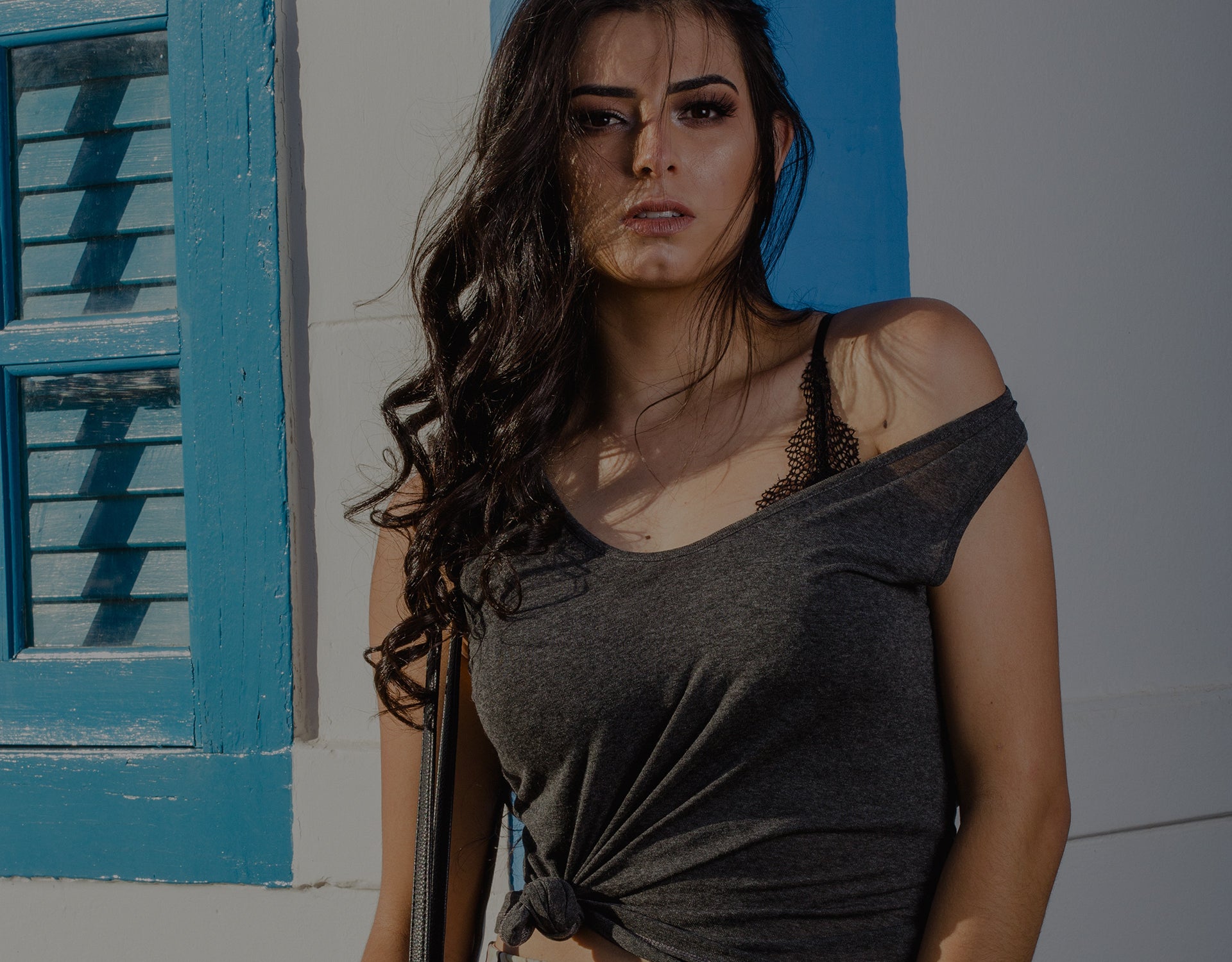
Fashion designers's chioces
For fashion designers, fabric selection is a blend of artistic vision and practical considerations. Each fabric tells a unique story and serves as a foundation for the garment’s style, function, and longevity. Designers carefully consider the design concept, seasonality, performance, and sustainability of the fabric, ensuring it aligns with their creative goals and the needs of their customers.
How should fashion designers choose the right Fabric?
1. Understanding the Design Concept and Purpose
Before selecting any fabric, designers need to clearly define the concept and purpose of the garment or collection. The fabric should serve the design's aesthetic, function, and wearability. Designers start by asking questions like:
What is the garment's function? (Formal vs. casual, evening wear vs. daywear, sportswear, etc.)
What mood or theme am I trying to convey? (Romantic, bold, futuristic, rustic, etc.)
How will the fabric influence the garment’s silhouette and fit?
For example, silk may be the ideal fabric for an elegant evening gown, while denim or canvas would be chosen for a more casual, utilitarian look.
2. Fabric Weight and Drapability
The weight of the fabric determines how it will behave in the finished garment. Designers select fabric based on its drape—how it falls, flows, or structures itself when sewn into a design. The weight of the fabric must align with the desired style and fit.
Lightweight fabrics (such as chiffon, organza, voile, or crepe) work well for flowy, feminine garments like dresses, blouses, or skirts.
Medium-weight fabrics (like cotton, wool, denim, and jersey) are used for casual wear, shirts, jackets, and pants.
Heavyweight fabrics (such as tweed, corduroy, canvas, or wool felt) are ideal for structured designs like coats, blazers, and outerwear.
Drapability also refers to how well the fabric molds to the body or keeps its shape. Fabrics like silk and satin offer beautiful, soft drapes, while stiffer fabrics like taffeta hold their shape and are perfect for creating voluminous designs, such as ball gowns or bridal wear.
3. Fabric Texture and Feel
The texture of a fabric can deeply influence the overall look and feel of a garment. Designers often choose fabrics based on their touch, appearance, and tactile qualities. A fabric's texture can affect how it looks under different lighting, how it interacts with the skin, and how it complements other materials.
Smooth, glossy fabrics like silk, satin, and tulle are often used for luxurious evening wear and high-fashion designs.
Rougher fabrics like denim, corduroy, and canvas are favored for more casual, street-style looks.
Textured fabrics such as brocade, velvet, or jacquard can be used for vintage-inspired, elegant, or dramatic garments.
For designers, fabric texture is not only about aesthetic appeal but also about how the fabric interacts with the human body. Soft fabrics like cashmere or cotton are comfortable for everyday wear, while stiff fabrics like taffeta or organza may be better suited for special occasions.
4. Functionality and Wearability
Designers must consider how well a fabric suits the wearer's lifestyle and the garment's function. Functionality plays a significant role in the selection process, especially when creating garments meant for specific purposes. This includes evaluating:
Comfort: How comfortable will the fabric be on the skin? Will it cause irritation or discomfort over time? Fabrics like cotton, bamboo, or linen are naturally breathable and comfortable for daily wear, while fabrics like leather or wool may require special attention.
Breathability: Natural fabrics like cotton, wool, and linen are breathable, making them perfect for warm climates or activewear.
Stretch and Movement: If a garment requires flexibility, fabrics like spandex, lycra, and jersey provide stretch and elasticity, which is ideal for activewear and sportswear.
Designers also assess the maintenance of fabrics. For example, fabrics that are easy to care for (like polyester or nylon) are suitable for everyday wear, while delicate fabrics (like silk or cashmere) may require dry cleaning or special care.
5. Seasonal Considerations
The fabric choice often depends on the season for which the collection is intended. Designers select fabrics based on their ability to regulate temperature, moisture, and provide comfort depending on the climate:
Summer: Lightweight fabrics such as cotton, linen, and bamboo keep the wearer cool and breathable in hot weather.
Winter: Warm fabrics like wool, flannel, tweed, and fleece are chosen for their insulating properties.
Year-Round: Versatile fabrics like denim, jersey, and polyester blends work well for transitional wear, offering comfort and durability throughout the year.
Designers must consider how the fabric will perform across the seasons, ensuring that the clothing is not only stylish but also functional for different weather conditions.
6. Fabric Sustainability and Ethical Considerations
With the growing emphasis on sustainability in fashion, designers increasingly consider the environmental impact of the fabrics they choose. Sustainable fabrics are made from materials that have a lower environmental footprint, and designers are more conscious of ethical sourcing and production practices. This involves:
Eco-friendly fabrics such as organic cotton, bamboo, hemp, and recycled materials.
Low-impact dyes and processes that reduce the use of harmful chemicals.
Fair trade practices in sourcing fabrics and ensuring workers’ rights are respected.
Designers often collaborate with manufacturers and suppliers who prioritize sustainable practices and offer transparent sourcing to align with eco-conscious values.
7. Cost and Budget Constraints
Finally, the budget plays a significant role in fabric selection. Designers must balance their vision with the available budget for the project or collection. High-end fabrics such as silk, leather, or cashmere tend to be more expensive, while more affordable options like cotton, polyester, and viscose can help manage costs without compromising on quality or aesthetics.
Designers may also opt for blends, such as cotton-polyester or wool-acrylic, to combine the best qualities of different fibers at a lower price point.
8. Testing and Sampling
Before committing to a fabric, designers typically conduct swatch tests or sampling to assess how the fabric behaves in real-world conditions. This may include:
Pre-washing the fabric to ensure it doesn’t shrink or lose color.
Sewing prototypes to evaluate how the fabric holds up during construction.
Assessing performance through wear trials to ensure the fabric meets comfort, durability, and aesthetic goals.



























